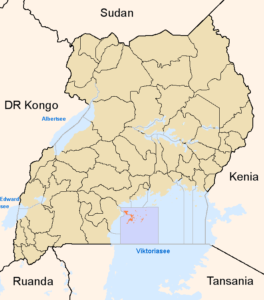
Mosquitoes’ role as vectors to many important human and livestock diseases make them the deadliest animals on the planet. If you aren’t convinced that they are important, read last week’s post.
One of the most effective way to prevent and control of vector-borne disease is through control of the insects that spread them. Throughout history, effect vector control has reduced transmission of disease. But, insecticide resistance is increasing and hampers progress towards transmission. New insecticides are on the market though and genetically modified mosquitoes offer two new potential venues for vector control, but testing these control strategies is difficult.
Natural populations of malaria mosquitoes are typically very genetically diverse and gene flow connects populations that are far apart. It may be difficult to monitor the effects of new interventions at a local scale, such as new insecticides, when populations are so connected. To effectively test new interventions, it is important to identify a populations that are isolated.

Scientists examined the possibility of genetic trials on Ssese islands in Uganda (Figure 1). The Ssese islands are a group of islands on Lake Victoria that are up to 60 km off the mainland. The group collected mosquitoes in 2002, 2012, and 2015 and analysed mitochondrial DNA to determine if mosquitoes on the islands were distinct populations. They hypothesized that the Lake would be a barrier to gene flow and populations found on the islands would be distinct from mainland populations
Even if populations are separated, individuals from different populations can mate and produce offspring. The more often this occurs, the more genes that are shared between populations (Figure 2). By comparing genes between different population, scientists can determine how much mating occurs and estimate when (recent or ancient) these events occurred.

The study examined several mosquito populations on islands that are connected to the mainland via ferry services. Despite human movement, there was very little genetic exchange between island mosquito populations and populations found on the mainland. By comparing mtDNA among populations and between populations, they found significant differences between island and mainland populations. This suggests that Lake Victoria is a barrier to mosquito dispersal. These findings were also consistent across years.
Introducing mutant mosquitoes into populations is becoming more and more feasible. This study provides evidence that these gene drive tests could be carried out on Ssese Islands with minimal risk of dispersal to the mainland.

Comments